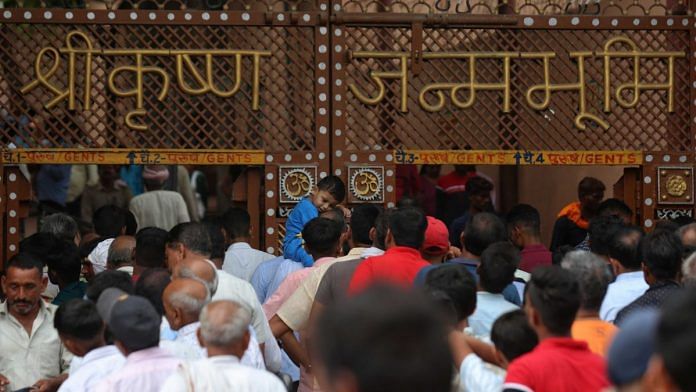Mathura: There’s an infectious cheer on the roads of Mathura. The city in Uttar Pradesh, which is lit up with colourful fairy lights, is ready to celebrate Janmashtami, the birth of Krishna, over the next three days.
The festival is being jointly organised by the Uttar Pradesh Braj Teerth Vikas Parishad (UPBTVP), an authorised government body responsible for promoting tourism, and Shri Krishna Janmasthan Seva Sansthan, which looks after the affairs of the main temple in Mathura. The UPBTVP’s office, already decorated with flowers from the 75th Independence Day celebrations, is gearing up for another big festival. Phones don’t stop ringing, and instructions are being passed on loud and clear.
As part of the celebration, 16 stages for folk artists to perform have been erected across the city. There will be 19 selfie points and 16 special decoration projects.
“Don’t use that old photo of Modi ji on the posters, with the beard. Take the new one from the information department”; “Have they started putting up lights on that chauraha (roundabout), ask them to coordinate with the Nagar Nigam” — these are parts of the conversations that can be heard at the UPBTVP office.
“This is the birthplace of Lord Krishna, so naturally many people will turn up for the celebration. But we have made solid arrangements. The number will be in lakhs,” said Nagendra Pratap, IAS officer and CEO of UPBTVP.
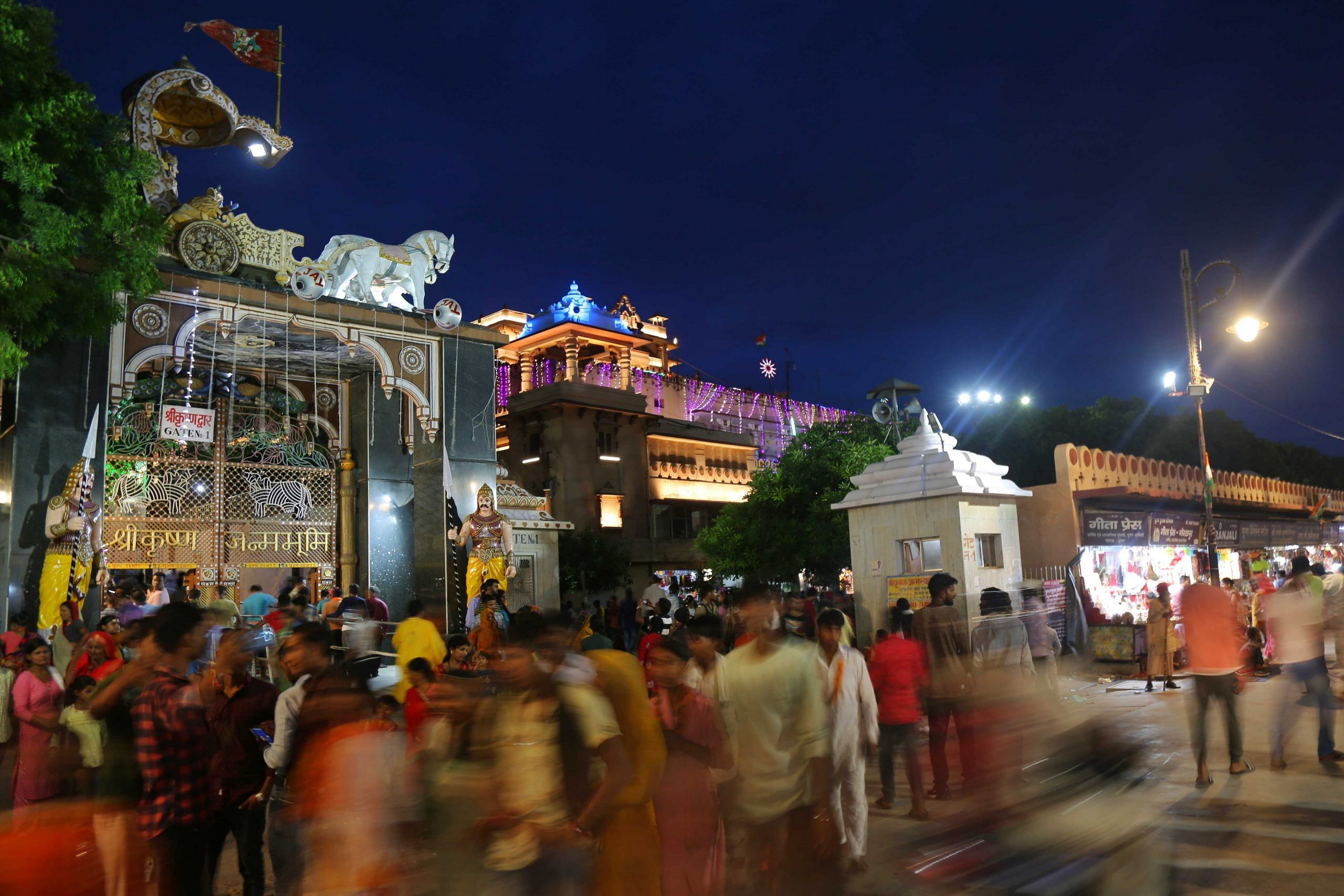
This time, nearly 140 folk artists will perform across the city. All these artists belong to the Braj area — comprising Mathura, Vrindavan, Agra, Gokul, Aligarh belt. These folk forms include Raasleela, Mridang Jhang, Rasiya, Bahrupiya, and Dhadhi-Dhandhan Badhai (a form of congratulating the birth of a newborn).
Geographically, many places are associated with the stories of Krishna. Gokul, which is a town 15 km away from Mathura, is where he spent his childhood. Vrindavan is where his mystic and divine love with Radha developed. And Dwarka in Gujarat is where he ruled as a king. But Mathura, being his birthplace, holds a special significance.
The road that leads to the Janmasthan is already filled with people playing Manjira, singing bhajans. Their foreheads are smeared with sandalwood paste. Many also have ‘radhe radhe’ written on their foreheads with vermillion or sandalwood paste. New pedas (a special milk delicacy Mathura is famous for) are being rolled more than ever to cater to the increasing number of devotees for the festival.
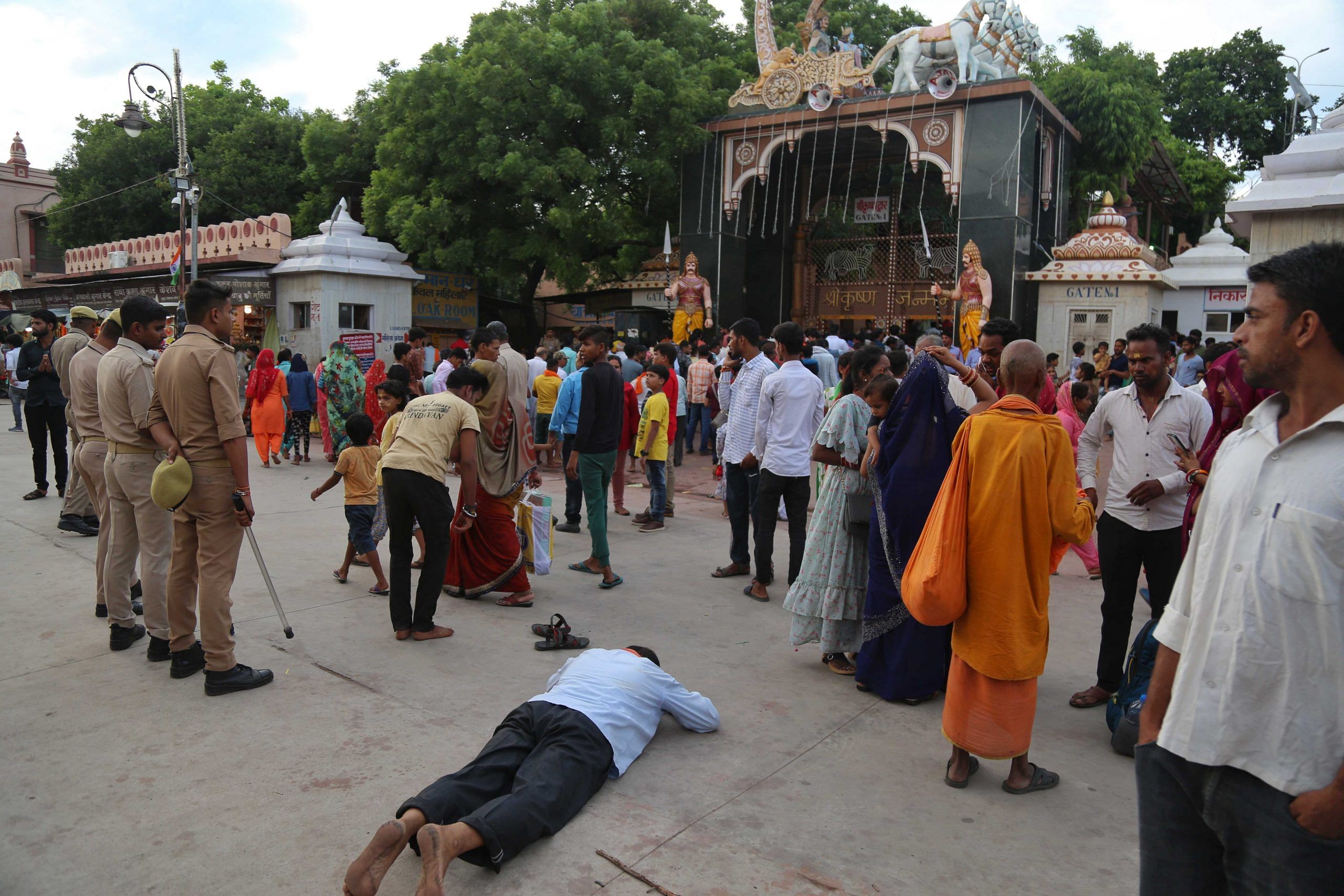
Also read: Rise of Gorakhpur, fall of Mathura – How UP’s temple towns contribute to economy
Devotees are back, without Covid fear
Mathura, like other tourist and pilgrim cities, bore the brunt of the Covid pandemic for two years when the footfall decreased to a large extent. Although the festival was organised in 2021, devotees are free from any Covid inhibitions this time around. They are coming in large numbers from across India. Madhubani’s Arun Kumar is one such devotee. He reached Mathura three days before Janmashtami with his wife and mother, and plans to stay till 20th August.
“I had heard about it so much, and I always wanted to come. This is my first time in Mathura and I will leave only after having seen the three-day celebration,” he says, beaming with excitement.
There are first-time visitors and there are those whose annual Janmashtami ritual is incomplete without visiting the holy place. Rinki Singh, 32, a native of Mumbai, has spent all her teenage and adult years visiting Krishna’s birthplace. She has visited the temple on other occasions as well, but for her, Janmashtami is the best time to be in Mathura.
“There is a different kind of atmosphere on Janmashtami. The crowd is 4 to 5 times more on the day of the festival. I did not come for the past three years due to the pandemic, but I am very happy to finally be here,” she says.
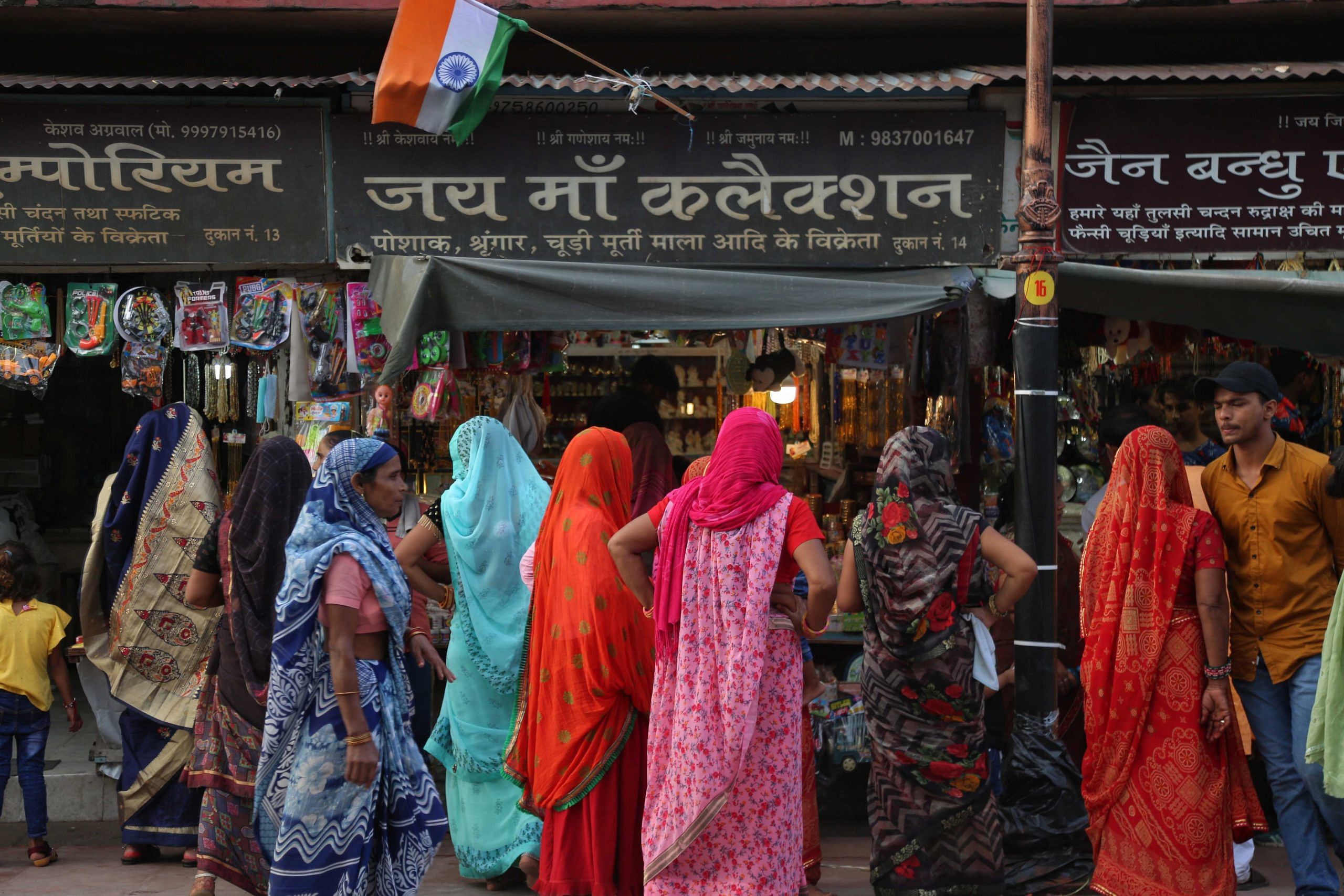
Kapil Sharma, the secretary of Shri Krishna Janmasthan Seva Sansthan, said that this time, the Garbha Griha (innermost sanctuary of the Hindu temple) is being given the form of a jail, where Krihsna was born according to Hindu scriptures. He explains that when people come here, “they want to imagine the scenario in which the birth of Lord Krishna took place”. Devaki gave birth to Krishna in a jail cell, while she was captured by her brother Kans, who was told that his sister’s son will be the cause of his death.
“In this Kaliyug, Krishna’s bansuri (flute) is being heard more than ever. People are coming to the holy birthplace in record numbers. We are expecting lakhs of people to turn up and we have made all the arrangements. The river that originated in Ayodhya and took shape in Kashi has reached Mathura as well,” Sharma said, alluding to the efforts being made for the removal of the mosque standing next to the temple.
“Even devotees want to see their lord’s land become free of the signs of colonisation, we only respect that sentiments,” Sharma added. When you walk to the famous ‘janmasthan’ built inside a building indicative of a jail, one can hear murmurs of people looking at the Shahi Mosque and asking, seemingly in a tone of disgust — ‘who built this masjid’.
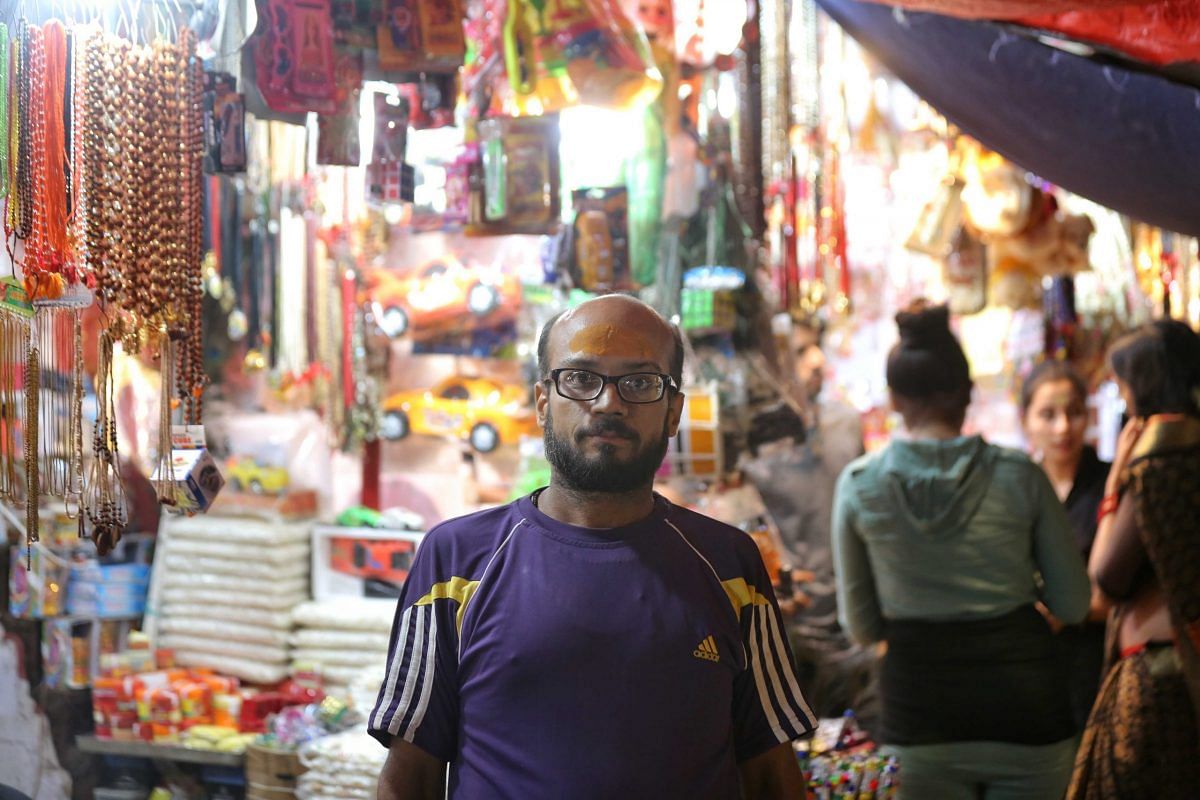
The shopkeepers are elated too. The businesses are booming and they are expecting more footfall during the festival. Deepankar Bhatia, who runs a 40-year-old shop near the temple, says the tourism sector was affected the most. But it has come back stronger. “This time the rush is good. It also coincided with the Raksha Bandhan and Independence Day, so we saw a good number of devotees during that period as well,” Bhatia said.
(Edited by Prashant)



